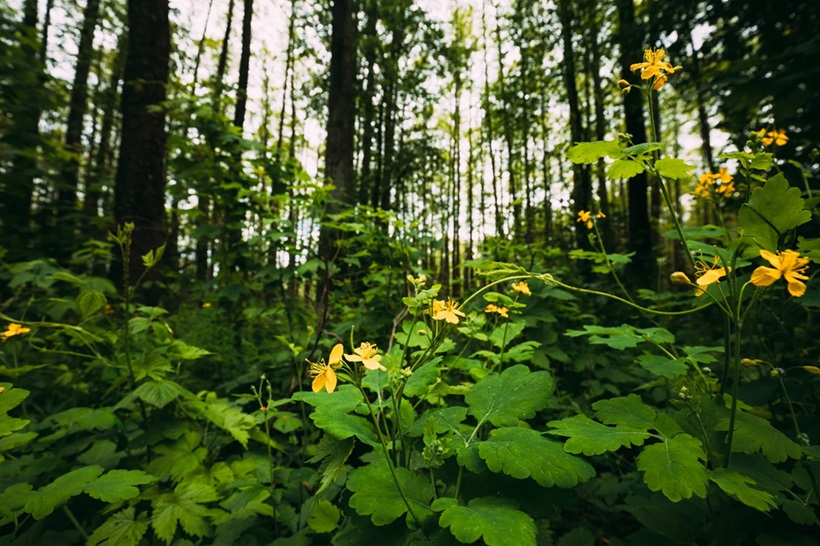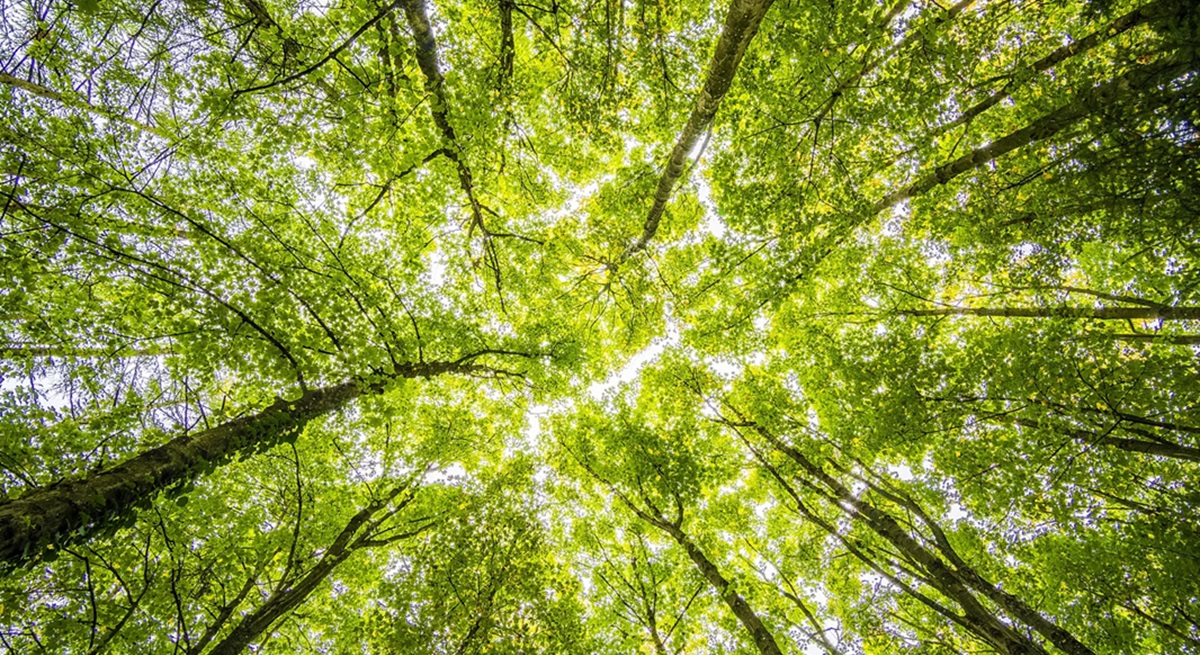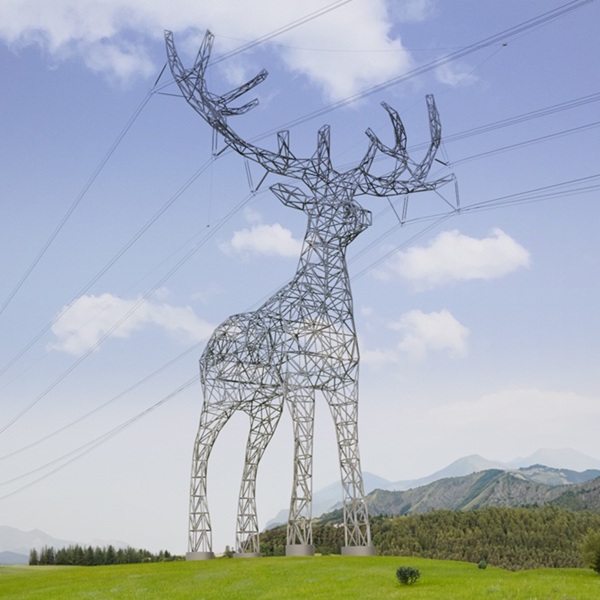
You know, learning does not have to stop at the classroom door. It can happen anywhere, especially in the outdoors. If you love camping, or spending time in nature, camping science activities can offer a perfect opportunity to turn a fun trip into an engaging experience.
As a camper, you can explore real-world science through observation, experiments, and discovery. These activities not only spark curiosity but also deepen understanding of the environment. These make every moment educational and memorable. To make the forest your living lab, you can identify plants, study animal tracks, or test soil. With the exciting camping science activities, let us add some adventure to your vacation!
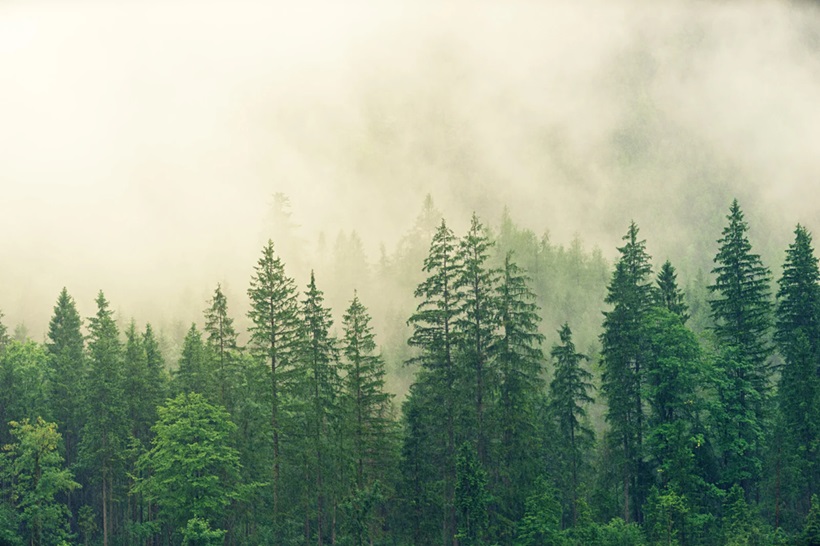
Camping Science Ideas
Spending time in nature offers countless opportunities to explore and learn through camping science activities. You can create a nature-based learning environment where every rock, leaf, and sound has a story to tell. From examining the tiniest insect to gazing up at the stars, these fun and educational ideas will enhance your trip. In addition, you can spark scientific curiosity.
You can check the activities below to make your next outdoor adventure unforgettable with enriching forest science activities.
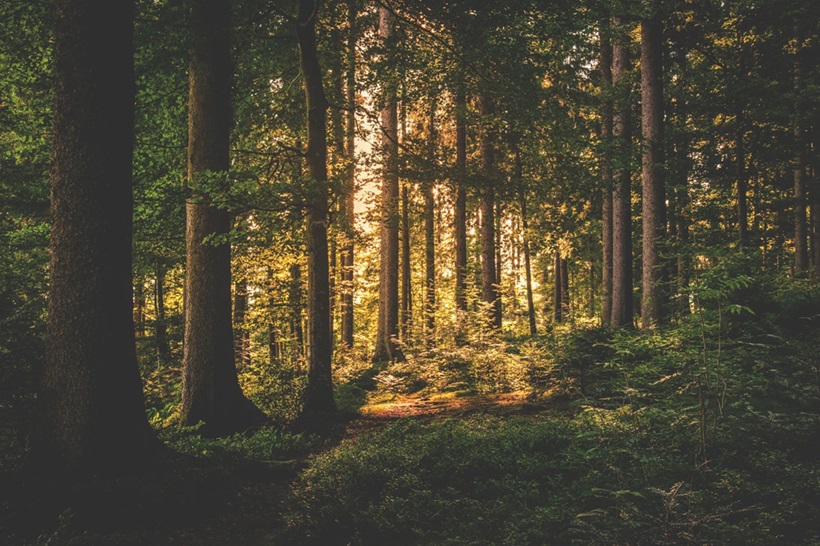
Look Under the Rocks
One of the simplest yet most thrilling camping science activities is turning over rocks to see what lies beneath. You can discover the entire hidden world of insects, fungi, and maybe even amphibians. This activity encourages curiosity and teaches about habitats, camouflage, and decomposition.
To learn what is under the rock, gently lift it and return it exactly how you found it. In this way, you can protect delicate ecosystems. Yes, there are certain ecosystems under the rocks. So, you can ask questions like, “Why do certain creatures hide here?”, or “What role do these organisms play in the forest?”. You can practice observation skills and engage with nature through outdoor science experiments.
Start a Rock Collection
Are you looking for the best and most memorable camping science activities? Then, you can start a rock collection. You can try to find and compare rocks based on color, texture, weight, and hardness. In addition, you can bring a field guide or use a rock identification app to learn the names and origins of each specimen.
Rock collection fosters interest in earth sciences and helps build skills in classification and critical thinking. Lastly, you can also keep a small logbook with notes and drawings of each rock.
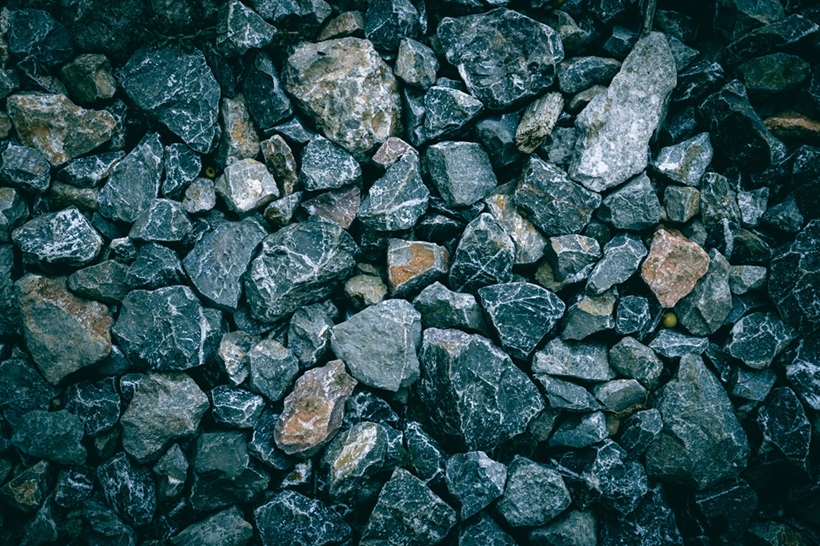
Track Wildlife
Tracking wildlife without disturbing it is a fantastic way to enjoy educational camping activities. You can look around your campsite and along trails for signs of animals such as footprints, fur, feathers, nests, or droppings.
In addition, you can try matching tracks to common animals in the region using a guidebook. This activity encourages critical thinking and attention to detail. To learn more, you can discuss the behaviors and diets of the animals based on the clues you find.
Observe Moss
Observing moss up close is a surprisingly fascinating camping science activity that teaches about moisture, ecosystems, and plant life cycles. Observing moss up close is a surprisingly fascinating camping science activity that teaches about moisture, ecosystems, and plant life cycles. So, you can compare different types of moss, and note the areas where it thrives. In addition, you can even learn how moss can indicate direction or climate conditions.
To see the intricate structure of this small but mighty plant, you can bring a magnifying glass. Lastly, you can tie in lessons about photosynthesis and non-vascular plants.
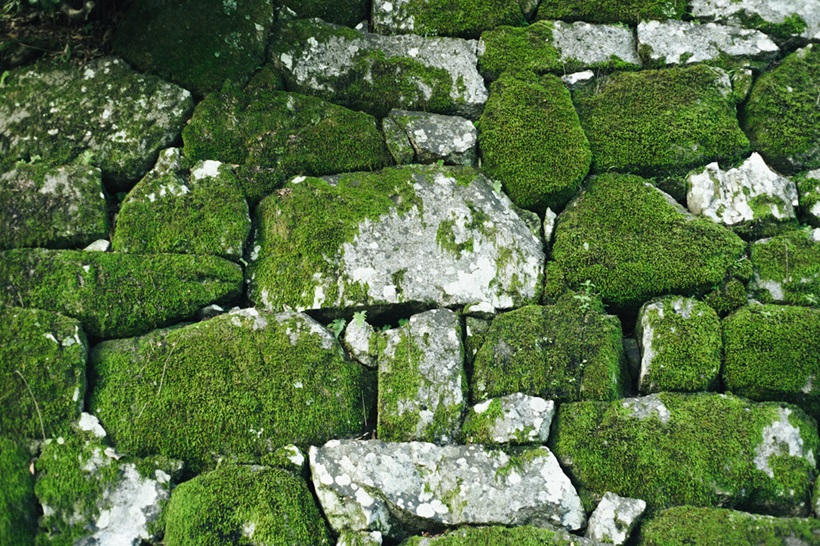
Find a Decomposer
One of the more eye-opening outdoor science activities is finding a decomposer like a worm, mushroom, or beetle. Because these organisms play a crucial role in breaking down dead matter and recycling nutrients into the soil.
Additionally, you can gently investigate fallen logs or lead piles to find signs of decomposers. You can use this opportunity to talk about food chains, ecosystems, and how nature maintains balance. Lastly, you can document your discoveries with photos or sketches.

Sit and Listen
Sometimes, the most insightful camping science activities are the quietest. You can sit silently for 10-15 minutes and listen to the sounds of the forest. For example, birds, chirping, leaves rustlings, and distant animal calls all offer clues about the ecosystem.
Afterward, you can have a discussion or journaling session about what everyone heard and what it might mean. This activity sharpens auditory observation skills and mindfulness while teaching about animal communication.
Examine Tree Bark
You can blend your biology knowledge with sensory learning by exploring tree bark textures. For instance, you can feel the bark, compare differences between tree species, and even create bark rubbings using crayons and paper.
You can discuss the purpose of bark – how it protects trees, stores water, and can even heal wounds. Additionally, you can look for signs of insect activity or fungal growth to dive deeper into forest ecosystems. In short, this activity develops an appreciation for plant anatomy and the role of trees in environmental health.
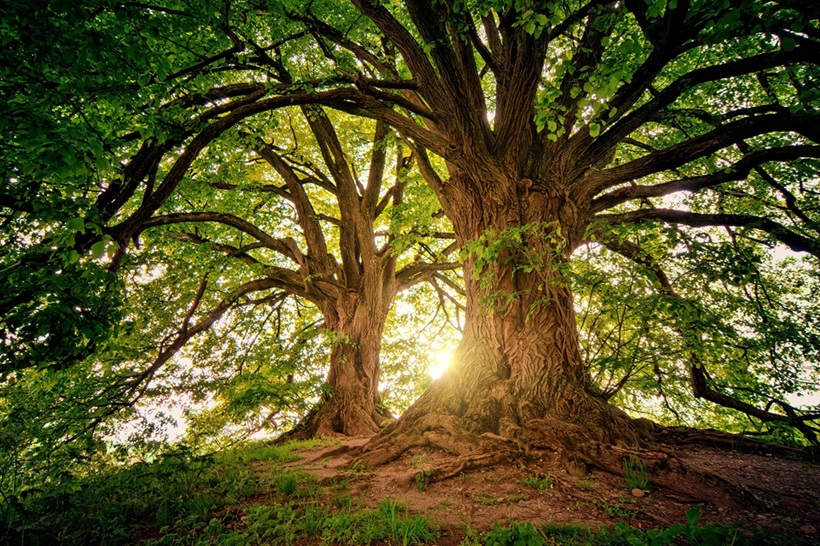
Astronomy Under the Starts
With minimal light pollution, you can stargaze, learn constellations, and observe planets or meteor showers. But you should check the weather conditions beforehand. Because cloudy or rainy weather can ruin your plans.
To identify celestial bodies and talk about the science behind stars, you can use a star map or mobile app. In addition, you can explore myths from different cultures associated with constellations. For a closer look, do not forget to bring binoculars.
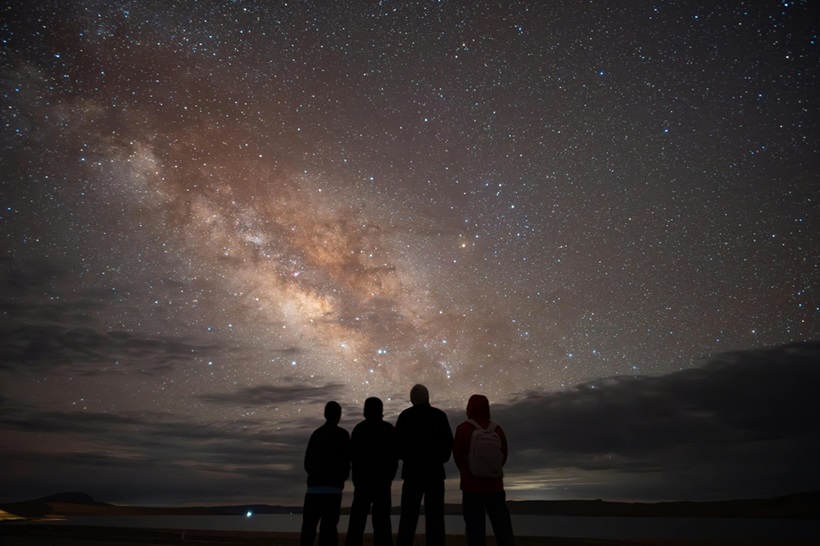
Define Plants
Identifying plants is a classic yet rewarding part of camping science activities. Use a field guide or plant identification app to name trees, shrubs, and wildflowers around your campsite. In addition, you can observe leaf shapes, colors, flower petals, and scents. You can also learn how plants grow, reproduce, and interact with other species in their environment.
This activity supports biodiversity awareness and botany knowledge. You can also introduce the concept of edible vs. poisonous plants for safety and learning. By paying close attention to plant life, you become more connected to the environment through thoughtful camping science activities.
